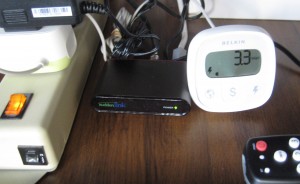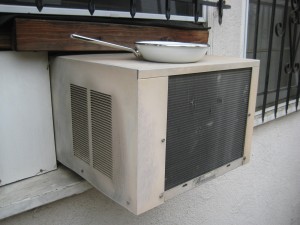
Suddenlink Huawei DC732 “box”
Environmental advocates, government regulators and the cable and satellite television industry have reached a landmark agreement to save an estimated $1 billion a year in energy costs by making TV set-top boxes more efficient.
The voluntary agreement aims to make an estimated 90 million boxes in people’s homes as much as 45% more energy-efficient by 2017. The boxes are considered energy hogs because they always are on, even when the television is turned off.
Both the U.S. Energy Department and the California Energy Commission have been working on their own proposed regulations. The energy commission said it would monitor the future energy savings before deciding whether there’s a need for mandatory standards.
(EnergySimulation.com note: historically set-top boxes have used up to 100 watts even when turned “off”, costing the consumer $100/year to run. But some newer models are already much more efficient; for example the Huawei DC732 distributed to Suddenlink customers in December 2013 uses only 3.3 watts.)
Read the whole article here: http://www.latimes.com/business/la-fi-capitol-business-beat-20131230,0,1541869.story#axzz2oyWYpGwu



